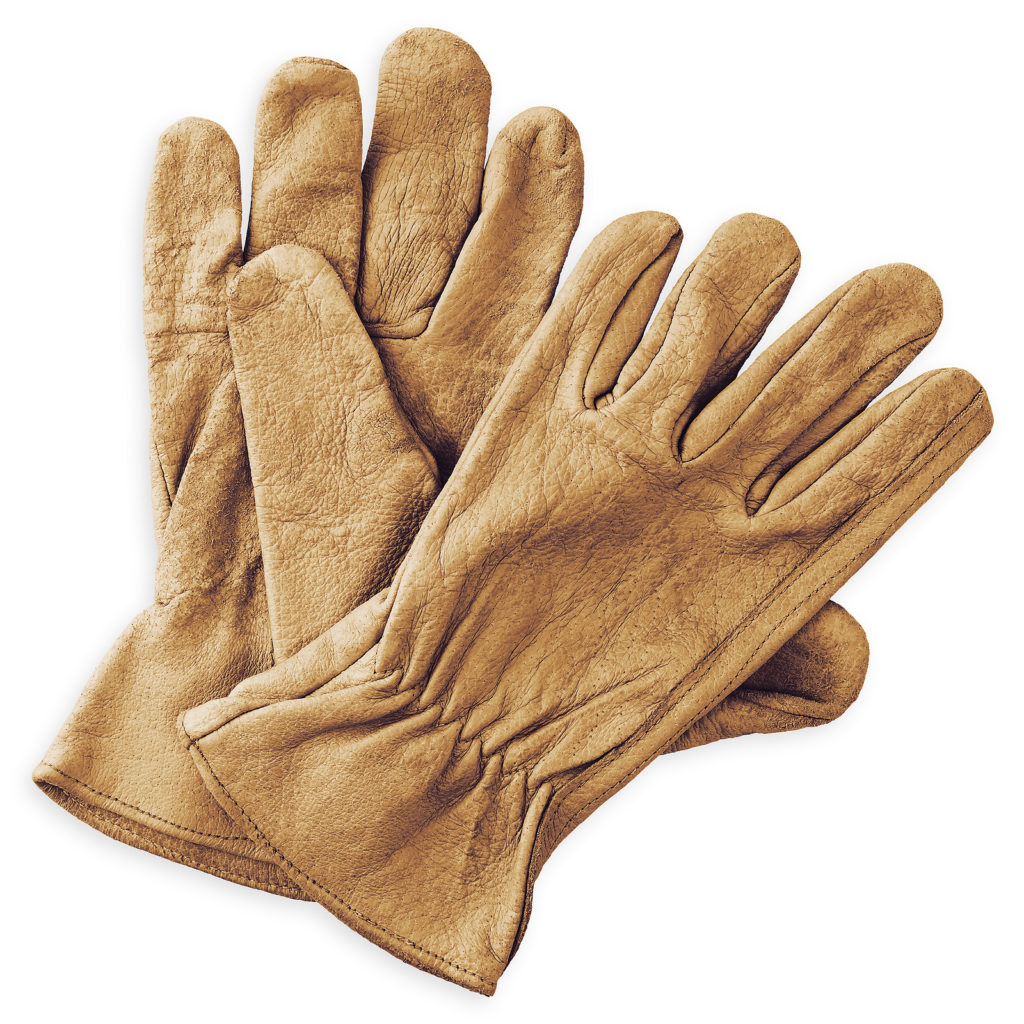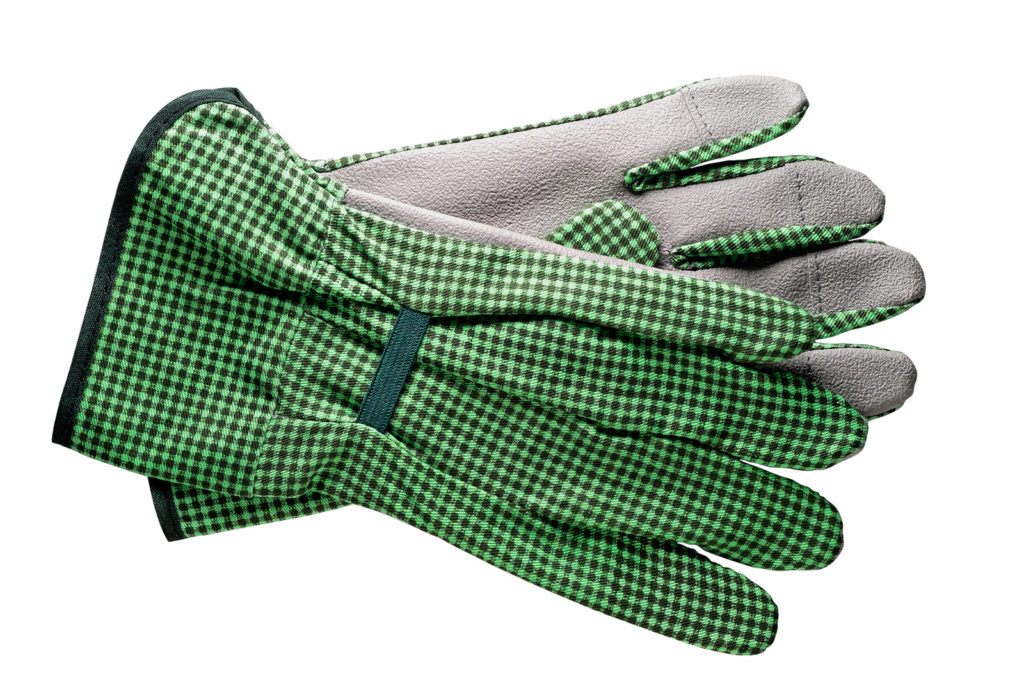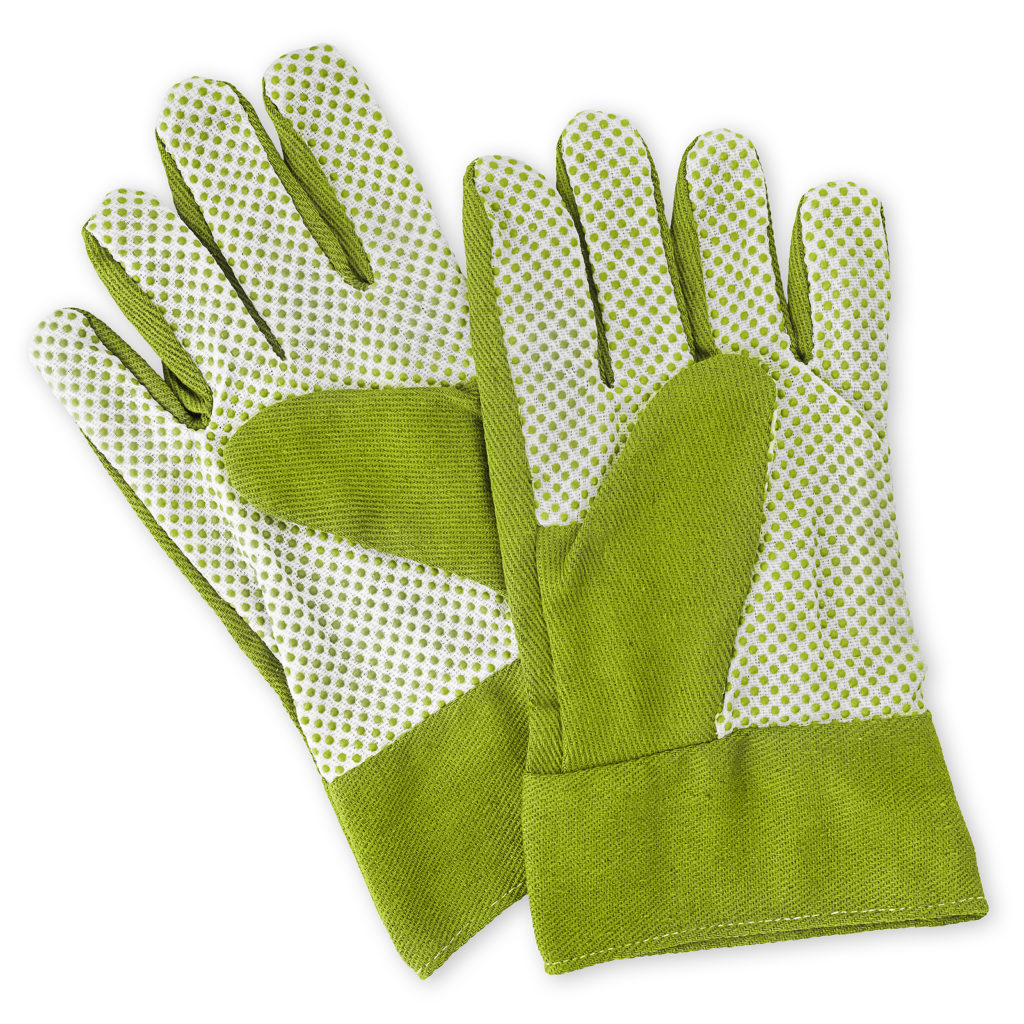Garden gloves are an essential tool for any avid gardener. They not only protect your hands from cuts, scrapes, and blisters but also provide an extra layer of insulation against harsh weather conditions and harmful chemicals. With so many options available on the market, it can be overwhelming to choose the right pair for your gardening needs. To help you make an informed decision, here is a buying guide for garden gloves.
What garden gloves do
Good garden gloves should protect your hands from blisters, dryness, cuts, and other damage that might occur during gardening and provide a better grip in cold weather. Leather gloves are best for shoveling, pruning, and heavy work. Cotton gloves can be used planting annuals, vegetables, and light weeding. Heavy plastic gloves are made of neopreme are required for handling toxic materials. Lightweight,disposable gloves are made for handling skin irritating chemicals.
It is important to wear gloves that are appropriate for the job you are doing. If you are transplanting delicate seedlings, wear lightweight gloves that will not dampen your sense of touch. Unlined cloth gloves are good for light work. Leather gloves that offer a good grip are best for heavier or dangerous work. Gloves with lots of little rubber dots are excellent for gripping muddy tools.

What kind of gloves do you need?
The first step in the garden glove buying process is to determine your specific needs. Consider the type of gardening tasks you perform regularly. If you often handle prickly plants, thorny bushes, or rough surfaces, gloves made with puncture-resistant materials and reinforced fingers would be best. On the other hand, if you mostly engage in light gardening work like planting, weeding, and mulching, lightweight gloves with good dexterity would be more suitable.
Take into account the weather conditions in your region. If you garden in colder climates, look for gloves with insulation or built-in lining to keep your hands warm and protected from frostbite. For those in hot and humid areas, breathable gloves made from materials like mesh will prevent excessive sweating and discomfort.
Consider the size and fit of the gloves. Properly fitted gloves ensure maximum comfort and dexterity while working in the garden. Before making a purchase, measure your hand size accurately and refer to the manufacturer’s sizing chart. Choose a size that allows for a snug fit without restricting movement or cutting off circulation.
Also consider the durability and longevity of the gloves. Gardening can be a physically demanding activity, so investing in durable gloves that can withstand frequent use and exposure to dirt, water, and chemicals is essential. Look for gloves made from high-quality materials like leather, synthetic leather, or nylon, as they tend to be more durable and resistant to wear and tear.
Consider any additional features that may be important to you. Some gloves come with touchscreen compatibility, allowing you to use your smartphone or tablet without removing them. Others may have adjustable wrist closures or extended cuffs for added protection and support.
By determining your specific needs for garden gloves, considering the weather conditions, size and fit, durability, and additional features, you can select the perfect pair that will provide the necessary protection and comfort during your gardening endeavors.

Types of garden gloves
Garden gloves can be made from cloth, canvas, leather, rubber, or some form of pliable plastic; they can be lined or unlined. Gloves designed for pruning thorny brush or roses or picking fruit have long gauntlet-type cuffs to protect the arms and are coated with plasticlike material that thorns cannot penetrate. They may be called fruit picker gloves. Lightweight, disposabl plastic gloves are also available. So-called ladies’ gloves are available in gingham, floral, polka-dot patterns as well as plant an tend to run in smaller sizes. Consider the type of garden gloves that will suit your needs. There are several different types to choose from, each designed for specific tasks.
Lightweight general garden gloves
For general gardening jobs such as planting, weeding, and pruning, you can opt for all-purpose gloves that provide a balance between protection and dexterity. These gloves are usually made of lightweight materials like cotton or nylon. Some have rubber palms and fingers to ensure a good grip for handling small tools.
Heavy-duty garden gloves
For heavier-duty tasks such as digging, lifting heavy objects, or handling thorny plants, consider getting gloves with reinforced fingertips and palm areas. These gloves, often called work gloves or heavy-duty gloves, are made of thicker materials like leather or synthetic leather. They offer superior protection against punctures, cuts, and abrasions. Reinforced gloves are designed to withstand rough use and are perfect for tackling more challenging gardening projects.
Chemical resistant garden gloves
If you often work with chemicals or use pesticides in your garden, it is crucial to invest in chemical-resistant gloves. These gloves are typically made of rubber or PVC and provide excellent protection against corrosive substances. They are also waterproof, which is an added benefit when working with liquids. Remember to check the compatibility of the gloves with the specific chemicals you use to ensure maximum protection.

Garden glove materials
When deciding on the material of garden gloves, consider the level of protection, breathability, and comfort you need for your gardening tasks. While leather provides excellent durability, nitrile, neoprene, cotton, and synthetic gloves offer their own unique benefits. Choose the material that suits your gardening needs and enjoy the added protection and comfort while working in your garden.
Leather
If you are looking for a durable and long-lasting option, leather garden gloves are an excellent choice. They offer great protection against thorns, sharp edges, and chemicals. Leather gloves also provide a good grip and dexterity, making them suitable for various gardening tasks. However, keep in mind that leather gloves can be less breathable compared to other materials.
Cotton
Cotton gloves are lightweight and breathable, making them a great option for gardening in warm weather. They provide minimal protection against thorns and sharp objects but are ideal for tasks that require light hand protection. Cotton gloves are also suitable for tasks that involve handling delicate plants or transplanting seedlings.
Synthetic materials
Synthetic garden gloves are typically made from a blend of materials such as nylon, polyester, and spandex. These gloves offer a good balance between breathability, flexibility, and durability. They provide adequate protection for common gardening tasks and are suitable for individuals with latex allergies. Synthetic gloves are also easy to clean and maintain.
Nitrile
Nitrile gloves are perfect for individuals who have latex allergies. They are made of a synthetic material that is resistant to punctures, cuts, and chemicals. These gloves provide excellent grip and dexterity and are more breathable than leather gloves. Nitrile gloves are ideal for tasks that involve handling wet or moist materials like soil or fertilizers.
Neoprene
Neoprene garden gloves are specifically designed for tasks that require resistance to water, such as watering plants or handling damp soil. These gloves provide excellent waterproof protection and are also resistant to chemicals and punctures. Neoprene gloves offer a comfortable fit due to their stretchability and are suitable for both light and heavy-duty gardening tasks.

How to fit a garden glove
Choosing the right size garden gloves is just as important as selecting the correct type. It is essential to find gloves that fit properly. Ill-fitting gloves can impede your dexterity and make it difficult to perform delicate tasks such as planting seeds or pruning delicate flowers.
To determine your glove size, measure the circumference of your hand just below the knuckles. Remember to use your dominant hand for a more accurate measurement. Once you have the measurement, consult a size chart provided by the glove manufacturer to find the corresponding size.
While measuring your hand’s circumference is a good starting point, it’s important to consider your personal preferences as well. Some people prefer a snug fit, as it allows for better dexterity and control while working in the garden. Others may prefer a looser fit that provides more breathability, especially for long gardening sessions in hot weather. Keep in mind that different glove materials may also affect the fit. For example, leather gloves have a tendency to stretch over time, so you may need to select a size that allows for this.
Remember that gloves that are too tight can restrict blood circulation, causing discomfort and fatigue. On the other hand, gloves that are too loose may slip off or cause blisters due to excess rubbing. It’s vital to strike the right balance when choosing the size of your garden gloves to ensure both comfort and functionality.
Garden glove care
Check the direction for cleaning because only some leather gloves can be washed.Most leather gloves that are soiled and damp become stiff and difficult to use when they dry, and should be treated with saddle soap or Murphy’s Oil. Some pigskin resists this stiffness. Cotton gloves can be rinsed out in a water bucket or sink. Gloves with holes in them will no longer prevent blisters and should be replaced.
Garden glove buying tips
- Gardeners should have the right gloves for each type of task they perform, lightwork, heavywork, handling chemicals..
- Choose gloves that are comfortable. Look for gloves that are snug but not too tight, allowing for easy movement of your fingers and hand. Design and fit can vary from brand to brand. Some gloves are designed specifically for men, some specifically for women. Remember, comfort is essential for prolonged gardening sessions.
- Choose a glove that fits the natural curve of your grip.
- Gardening gloves subjected to frequent use and exposure to the elements should be able to withstand wear and tear. Look for gloves with reinforced stitching and double-layered materials in high-wear areas.
- If you need pruning gloves or heavy work gloves, choose a material that resists cuts, snags, and punctures. Look also for reinforced palms and seams.
- Consider the closure system, whether it’s a Velcro strap or an elastic cuff, to ensure a secure fit.
- Take into account the durability and quality of the gloves.
- Read customer reviews or seek recommendations to ensure that the gloves you choose are long-lasting and provide value for money.
- When you find a pair of gloves that fits just right, you may want to buy a couple of pairs right then.
Shopping list
- Lightweight gloves
- Heavy-duty gloves
- Pruning and rose gloves
- Water-resistant gloves
- Gloves for chemical handling
- Gloves for animal handling
More Buyer’s Guides















